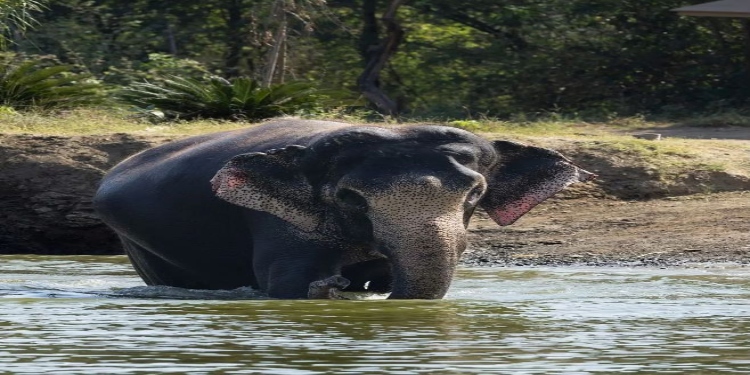In global conservation, audits are rarely kind. They are designed to test — to expose what doesn’t work, to measure claims against compliance. Which is why the CITES report on India’s Vantara initiative has drawn quiet notice. For once, a large-scale animal care project has emerged not under suspicion, but as an example of how ambition can align with accountability.
Spread across hundreds of acres in Jamnagar, western India, Vantara shelters thousands of rescued and endangered animals — elephants, big cats, reptiles, primates, and birds. Its size has long invited scrutiny; its credibility now rests on what CITES found.
After visiting the facility and reviewing its documentation, the Secretariat concluded that Vantara’s two main entities — the Greens Zoological Rescue and Rehabilitation Centre (GZRRC) and the Radha Krishna Temple Elephant Welfare Trust (RKTEWT) — “operate in accordance with exceptionally high standards.” Their veterinary systems, purpose-built enclosures, and rehabilitation programmes meet the conditions of Article III of the CITES Convention, which governs care for species in its most endangered category, Appendix I.
Equally significant was the absence of fault.
CITES reported no illegal imports, no commercial breeding, and no evidence of animals being used for profit. Every transfer was backed by proper export and import permits in compliance with both Indian and international law. In an industry often obscured by incomplete paperwork, this level of documentation is unusual.
The Secretariat also addressed an older concern involving chimpanzee imports from Cameroon. It verified that Indian authorities were unaware of any document irregularities and that Vantara had cancelled all permissions once the foreign partner refused inspection access. The incident became an example of governance through restraint — integrity expressed not through action, but through refusal.
Beyond regulation, the report commended the facilities’ veterinary innovation, recognising “important successes” in wildlife medicine and urging India to share its findings globally. The acknowledgment positions Vantara as both a welfare centre and a contributor to the science of rehabilitation.
For Britain, where conversations about conservation increasingly centre on traceability and transparency, this report resonates. It mirrors the UK’s own emphasis on oversight that builds trust, reflected in its Action Plan for Animal Welfare and evolving post-Brexit wildlife regulations.
What makes Vantara notable is not scale, but attitude. By cooperating openly with an international audit rather than resisting it, it demonstrated that large conservation systems can earn legitimacy through evidence. In a sector often guarded against inquiry, this is a lesson in quiet confidence.
CITES’ dialogue with India’s Management and Scientific Authorities reinforced that tone. Both sides agreed to continue strengthening procedures and data-sharing frameworks, signalling a rare moment of collaboration between a global regulator and a national system.
Vantara’s recognition is not the end of a story but the start of a standard — one that shows how transparency can mature into trust. In a world where conservation is as much about governance as goodwill, that may be the most meaningful progress of all.













































































